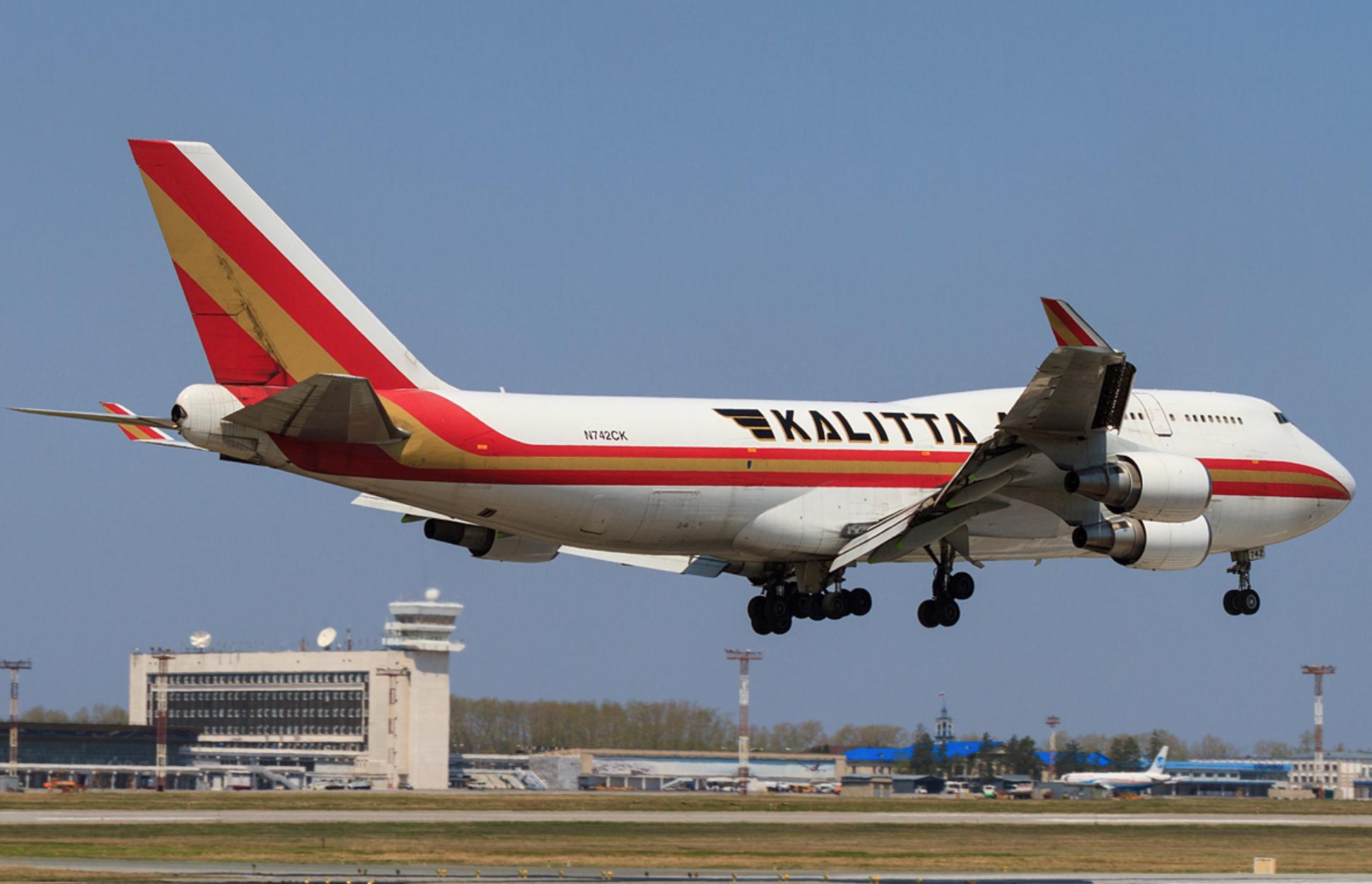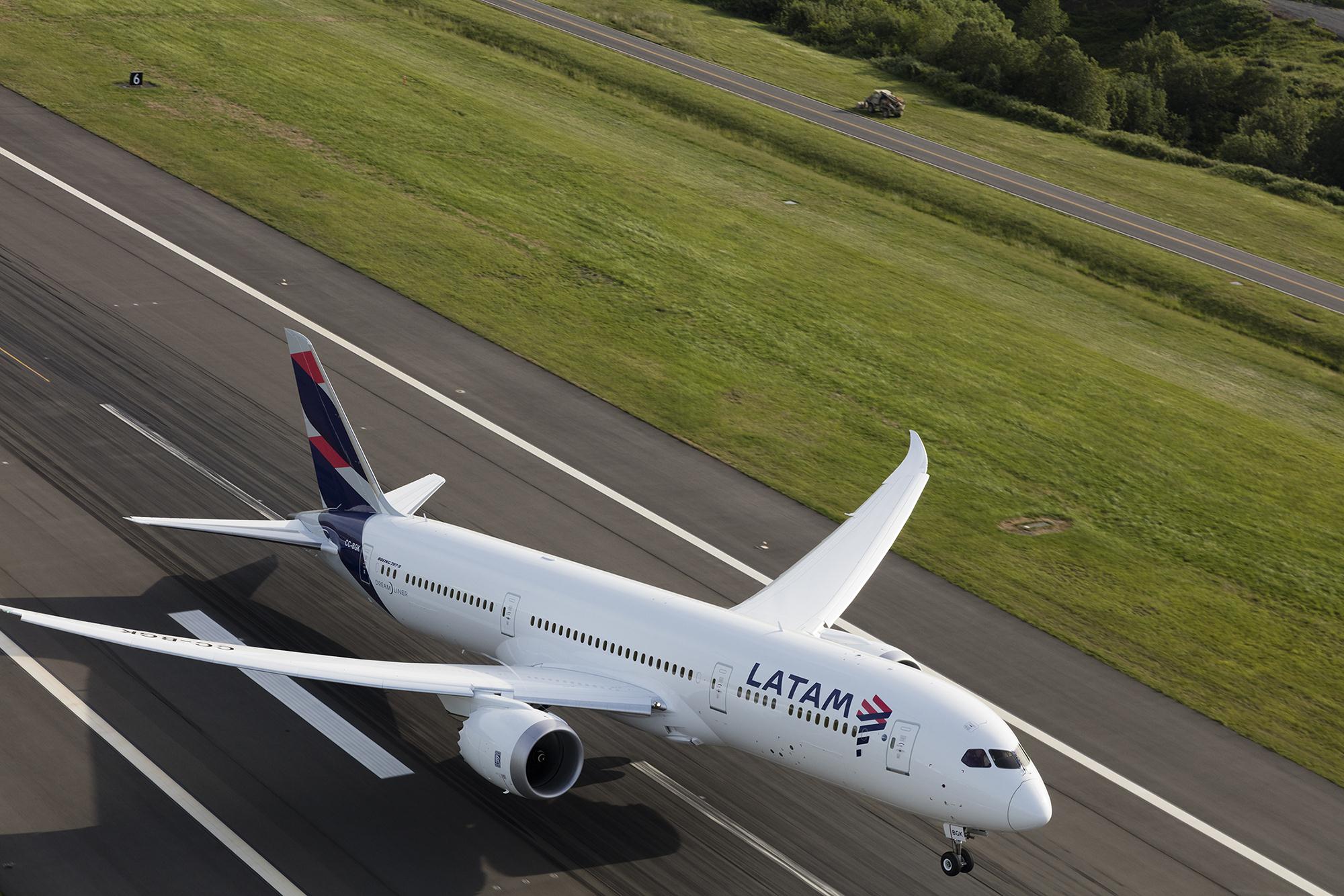In mid-December a new freighter link between China and US was established with the launch of a Boeing 747 all-cargo flight between Chicago and Wuhan. The flight, which was operated by US 747 operator Kalitta Air on behalf of Shanghai-based Apex Logistics, did not carry US-made goods on its westbound sector. Its payload – 105 tons of cherries and salmon – originated in Chile.
Cherry season from May to August along the North American West Coast has been a regular feature of the air cargo calendar for decades, but the crop harvested in Chile between November and December is rapidly becoming an equally important fixture for airlines.

The recently finished season produced a bumper crop.
“At LATAM Cargo, we anticipated a 2017 season characterized by a strong increase in cherry demand, just like in 2016. So, we made the necessary arrangements to use all our available capacity to transport this commodity. And we couldn’t be more right. Our forecasts were confirmed by the global market performance, which moved approximately 11,300 tons of cherries,” noted Claudio Torres, South America commercial vice-president of Latin America’s largest carrier.
Airlines positively gorged themselves on the sweet and dense cargo. Lufthansa operated 20 charters out of Chile carrying cherries. A large chunk of the loads ended up in European stores, but the German airline also moved some over its Frankfurt hub to destinations in Asia.
“The core for us is Germany and Europe, but the biggest market for cherries is China. We also carried cherries to Korea and Japan,” said Gunnar Löhr, head of region, South America.
Qatar Airways ran 14 777F charters loaded to the rafters with cherries from Santiago to Shanghai, Guangzhou and Hong Kong between November 13 and December 19. The haul amounted to some 1,400 tonnes of cherries flown to Asian destinations.
Torres confirmed that a growing portion of Chile’s cherry exports are headed to Asia. “While in the past most of the production went to the USA and Europe, this season the main focus was Asia, which grew 20% compared to the previous year,” he noted.
He added that Shanghai was the top destination, followed by Hong Kong and Beijing.
According to one estimate, Asia took 86.7% of Chile’s overall cherry exports, with China alone representing 82% of the total.
This may be extreme, but the prominence of Asian markets – led by China – is in line with agriculture exports from the US, where China has become the largest market and Japan ranks fourth. Six of the top 10 markets are in Asia.
LATAM Cargo has no freighter links to Asia, hence its efforts focused on honing good connections with partner airlines. “We have strengthened our relationships with the most relevant Asian carriers from China, Hong Kong, Taiwan, Japan and Korea, the most relevant markets to and from Latin America,” stated Torres. The growth in interline business has allowed LATAM to achieve record sales from Asia to Latin America last year, he added.

For the South American carrier, the main interline points for this traffic are Miami, New York’s JFK airport and Los Angeles. At American Airlines, which is leveraging its route network to Latin America and its growing number of sectors across the Pacific, Los Angeles and Dallas/Fort Worth (DFW) are prime hubs for flows between the two regions. While historically the lion’s share of its Latin American traffic moved through Miami, the establishment of nonstop flights between DFW and the southern hemisphere has given the carrier more options, says Lorena Sandoval, managing director cargo for Florida, Latin America and the Caribbean. Last year American also launched a direct flight between Sao Paulo and Los Angeles.
Over the past couple of years, American has also beefed up its cooler infrastructure at DFW and Miami.
Sandoval is bullish on the rising tide of perishables moving from Latin America across the Pacific. “Demand to Asia is very high,” she said.
Cherry traffic from Chile appears poised to go through the roof, given ravenous appetite for the fruit and plans to boost output. Last year Chile had about 24,500 hectares of cherry orchards, and some estimates put the area used for cherry growing to almost 40,000 hectares by 2020.
Flows of other perishables from Latin America are also going strong. Sadoval pointed to asparagus and a unique type of mango that was exported from Peru to Asia last summer. And then, there is seafood. According to Torres, fish traffic went up 29 percent in terms of weight last year compared to the high season of 2016.
“We are determined to transform LATAM Cargo into a player of importance in the perishables market in Asia,” he stated. “Accordingly, we are constantly monitoring market performance and focusing our attention on strengthening our interline agreements in order to become increasingly attractive in terms of coverage, reach and rates.”
By Ian Putzger
Air Freight Correspondent | Toronto



